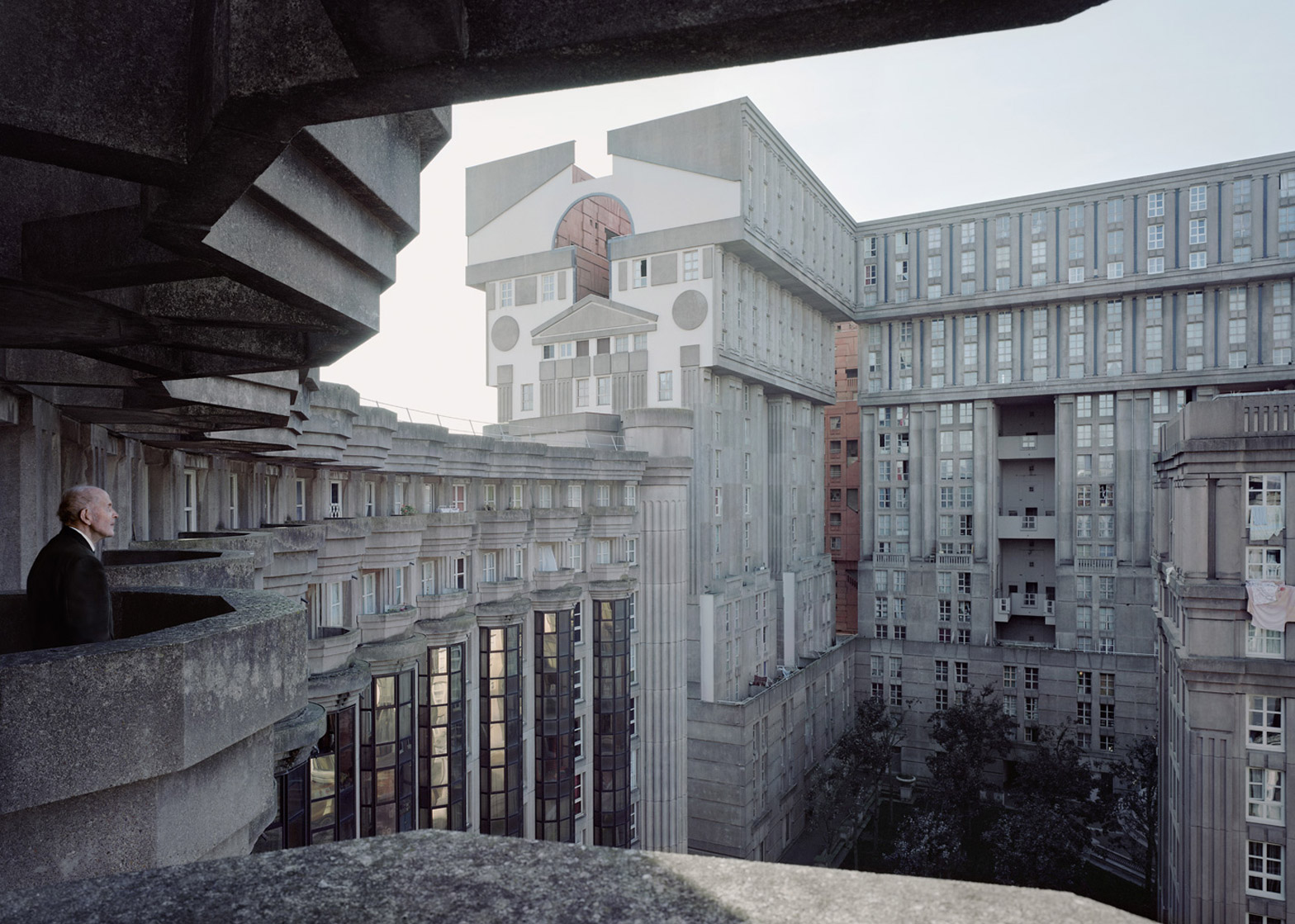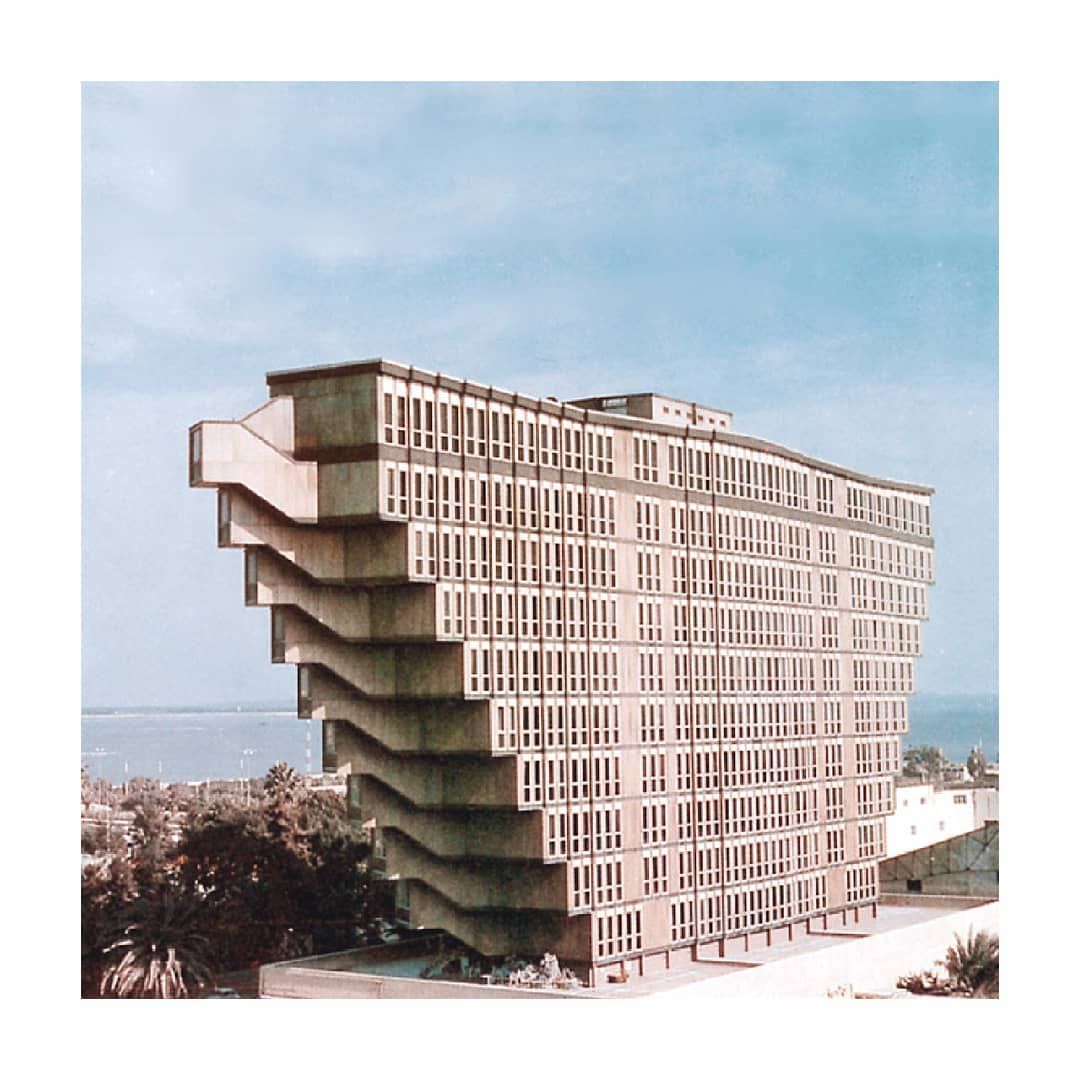Table Of Content

Love the idea of minimalist, monochrome interiors without ornamentation, featuring industrial materials and strong shapes? Then brutalist interior design, which has seen a recent revival in interest, could be worth your attention. Today, many people work hard to keep these Brutalist buildings safe and in good shape for the future. People start to see the beauty in its raw concrete construction and simple but powerful shapes. Brutalism is a style of architecture that lasted from the 1950s to the 1970s, characterized by simple, block-like, hulking concrete structures. Emerging from the modernist movement of the late 19th century to the mid-20th century, it originated in England and spread to the rest of the world shortly after.
Embracing the Raw Beauty of Brutalist Design
Brutalist architecture emphasizes raw materials, particularly concrete, but web design is obviously digital, devoid of physical materials—raw or otherwise. But the underlying traits of brutalism, namely authenticity and efficient construction, transcend genre. "Today, elements of the design style are being brought into the home through color, furniture and accessories. Cool concrete grays tones are being balanced with warm brass and tan shades," says Ashley Banbury, senior color designer for HGTV HOME by Sherwin-Williams. "The look of concrete is sleek and modern but has this variation and imperfection in color that is widely appealing," adds Sue Kim, color marketing manager at Valspar. Bring it into your home in small or big ways, such as "with a concrete planter or a floor that will make a large impact in a beautiful shade for big and small concrete projects for you home," says Kim.
New Appreciation for Brutalism
"I think this is due, in part, to the more prevalent use of industrial materials in spaces. We are all much more comfortable and familiar with concrete as a medium, and there is something to the lack of frills and decorations that makes the style feel honest." "Funny enough, it has nothing to do with the criticism of the style as being "brutal," Rogers says, adding that brutalism derives from the French phrase béton brut, which translates as "raw concrete." Alison and Peter Smithson, along with the photographer Nigel Henderson and the artist Eduardo Paolozzi, organized the 1953 Parallel of Life and Art exhibition at the London Institute for Contemporary Arts. This former office building, which is on the National Register of Historic Places, has been converted into the Hotel Marcel. The architects conceived the Pirelli Tire Building to house the company's administrative offices, suspended above the research and development space.
Ten beautiful brutalist interiors with a surprisingly welcoming feel
In addition to varying smooth and rough applications of concrete or other building materials, incorporating woods, natural fibers, and stone can add texture without straying from the minimalist aesthetic. Reggev identifies a related characteristic as “repetition of simple forms” and it’s found in both Brutalist interiors and exteriors. “This was often the result of using precast concrete elements, where a single mold was used to create multiples of the same thing, like a window unit,” says Reggev. Built in the 1960s, Marcel Breuer’s corporate office for the Armstrong Rubber Company (now the Hotel Marcel) is quintessentially Brutalist with its tall and highly repetitive exterior. Digital designers also subvert the common tropes of brutalism, accomplishing feats of which architects working with physical materials are not capable. A recent popular interpretation of the style came about in the 2019 video game Control.
Related Articles
5 outstanding Brutalist buildings that seem out of this world - Tatler Taiwan
5 outstanding Brutalist buildings that seem out of this world.
Posted: Mon, 08 Jan 2024 08:00:00 GMT [source]
These days, many interior designers and creators like Kelly Wearstler, Colin King, Eric Petschek, Maurizio Bianchi Mattioli, Giampiero Tagliaferri, and Chahan Minassian have been utilizing brutalism to inspire their own projects. Finished in 1970, the Geisel Library, also known as the UC San Diego Central Library, is a Brutalist-style building located on the campus of the University of California, San Diego that was designed by architect William Pereira. Its design features a distinctive seven-story tower and a series of interconnected Brutalist-style structures, with exposed concrete and bold geometric forms.
Paul Rudolph was considered the leading Brutalist architect in the USA, and as a professor of architecture at Yale both his theory and practice influenced subsequent architects. Evans Woollen III, Ralph Ranson, and Walter Netsch were amongst other well-known North-American Brutalist architects, all of them based in the Midwest. Ranson designed churches, theatrical venues, and the housing complex Cedar Square West in his native Minnesota during the 1960s-70s. In 1949 the Swedish scientist and pharmaceutical boss Elis Göth commissioned Bengt Edman and Lennart Holm to build him a private residence in Uppsala, Sweden.
In this way, a brutalist design can be contradictorily more extravagant and more extremely minimalist than an actual minimalist design. By the 1970s, however, brutalism lost its edge and many of these monolithic, gravity-defying structures (such as Alison and Peter Smithson's Robin Hood Gardens housing project in East London, which was completed in 1972), were demolished. Concrete doesn't age well, writes My Modern Met, and just like its weathered aesthetic, the material took on a negative connotation of urban decay and economic failure. "The irony is that Brutalism was born out of utopian idealism. The style’s progenitors—Peter and Alison Smithson, Le Corbusier, Moshe Safdie—shared a commitment to social welfare through architecture," counters an article in Flux magazine. Popular in the 1960s and 1970s (though as early as the 1940s, according to T, The New York Times magazine), brutalism originated post–World War II when the design of low-cost housing and government buildings were composed of mainly raw, unrefined materials.
Architect Janko Konstantinov uses concrete in a sculptural manner to bring a decorative effect to a building without cladding. In the Telecommunication Centre and Central Post Office the raw, exposed concrete takes center stage. Countless Brutalist buildings have been torn down since the style went out of fashion in the '80s. While some consider them eyesores, many others believe that their destruction is both losing a piece of history and losing a piece of beautiful architecture. Still, many examples of Brutalism can still be found throughout the world, especially in London and notable American and Canadian cities. It’s more of a punk mindset whereas brutalism tends to have its roots in efficiency and functionality.


Another social housing project, Robin Hood Gardens remains among the pair’s most notable buildings. Built in 1972, the structure was constructed with precast concrete panels. The architects believed that networks of walkways were the most important element of a building, not the building itself.
Several British architects who explored Villa Göth, notably Oliver Cox and Michael Ventris, picked up on the “New Brutalism” label and introduced it back home, where it spread rapidly. Due to this self-conscious adoption of the word by British designers and writers, Britain, and particularly the Smithsons’ architecture, became firmly identified with Brutalism. Elis Göth, a scientist from Sweden commissioned Lennart Holm and Bengt Edman and to design him a private mansion in Uppsala in 1949.
Located in Montreal, Habitat 67, an apartment complex by Moshe Safdie, originated as the Israeli Canadian architect’s master’s thesis during his time studying at McGill University. Comprising 354 identical concrete cubes arranged in various combinations, each apartment features at least one private terrace. The housing project sought to combine the benefits of standalone houses—such as gardens and multilevel properties—with the density of a traditional apartment building. The first project from Corbusier’s Unité d'Habitation is easily one of the most influential buildings to the Brutalist movement.
Kelly is a Vietnamese graphic designer currently residing in New York City. She believes that a balanced connection between concept and audience is what establishes a strong brand. Her graphic design website communicates the passion she has for her profession. Every element of the website, be it a text or imagery, expresses personality and immerses visitors in a visual raw, yet sophisticated journey. Her site’s design uses solid color backgrounds—no decorations or fancy gradients, just plain color. The brutalist-esque text blocks are nicely paired with relevant imagery, reinforcing the core message.

No comments:
Post a Comment